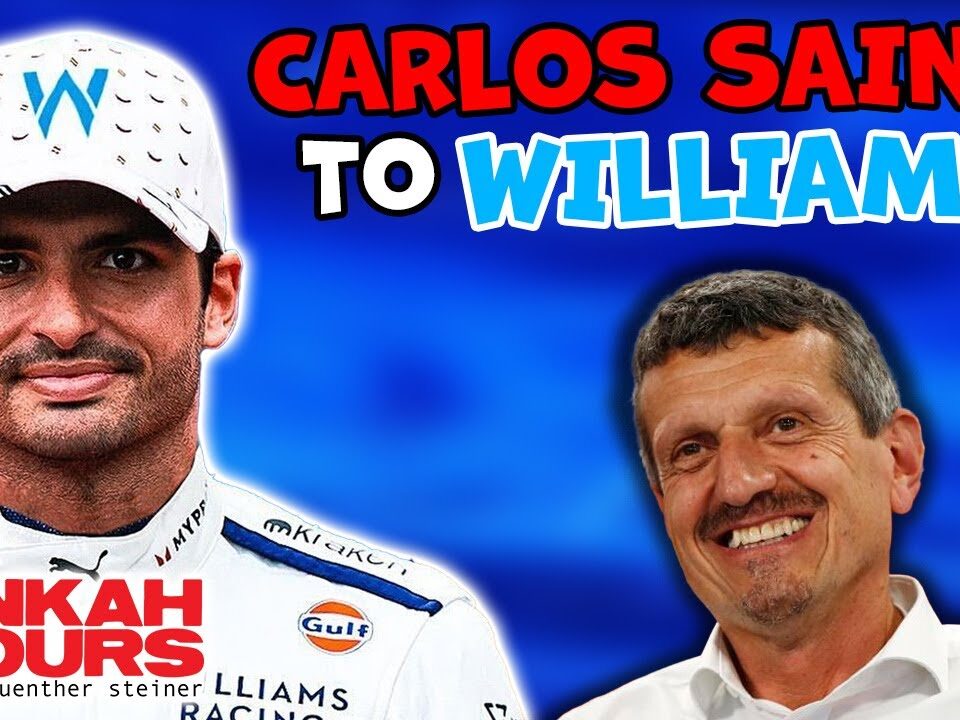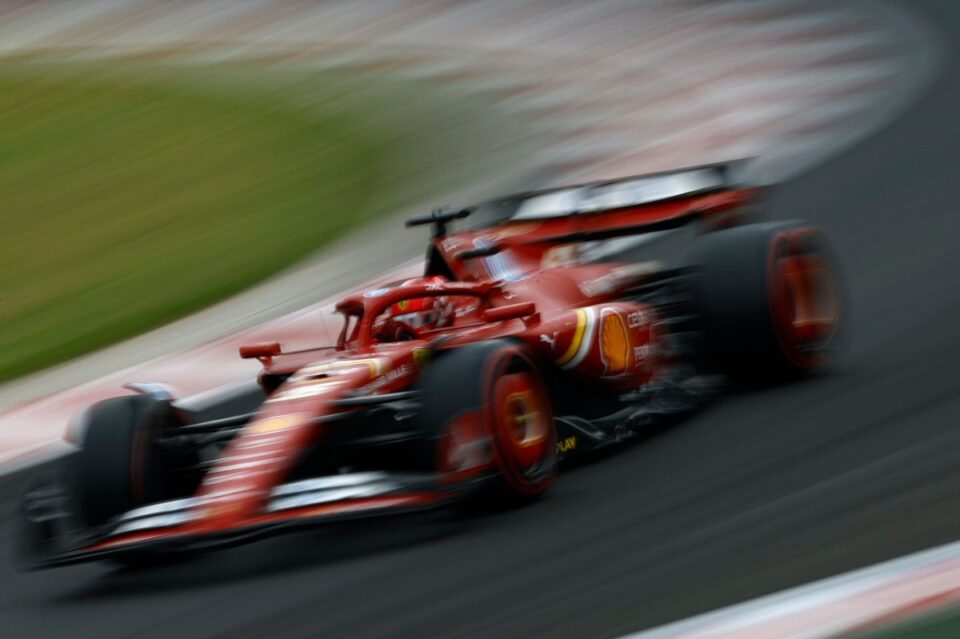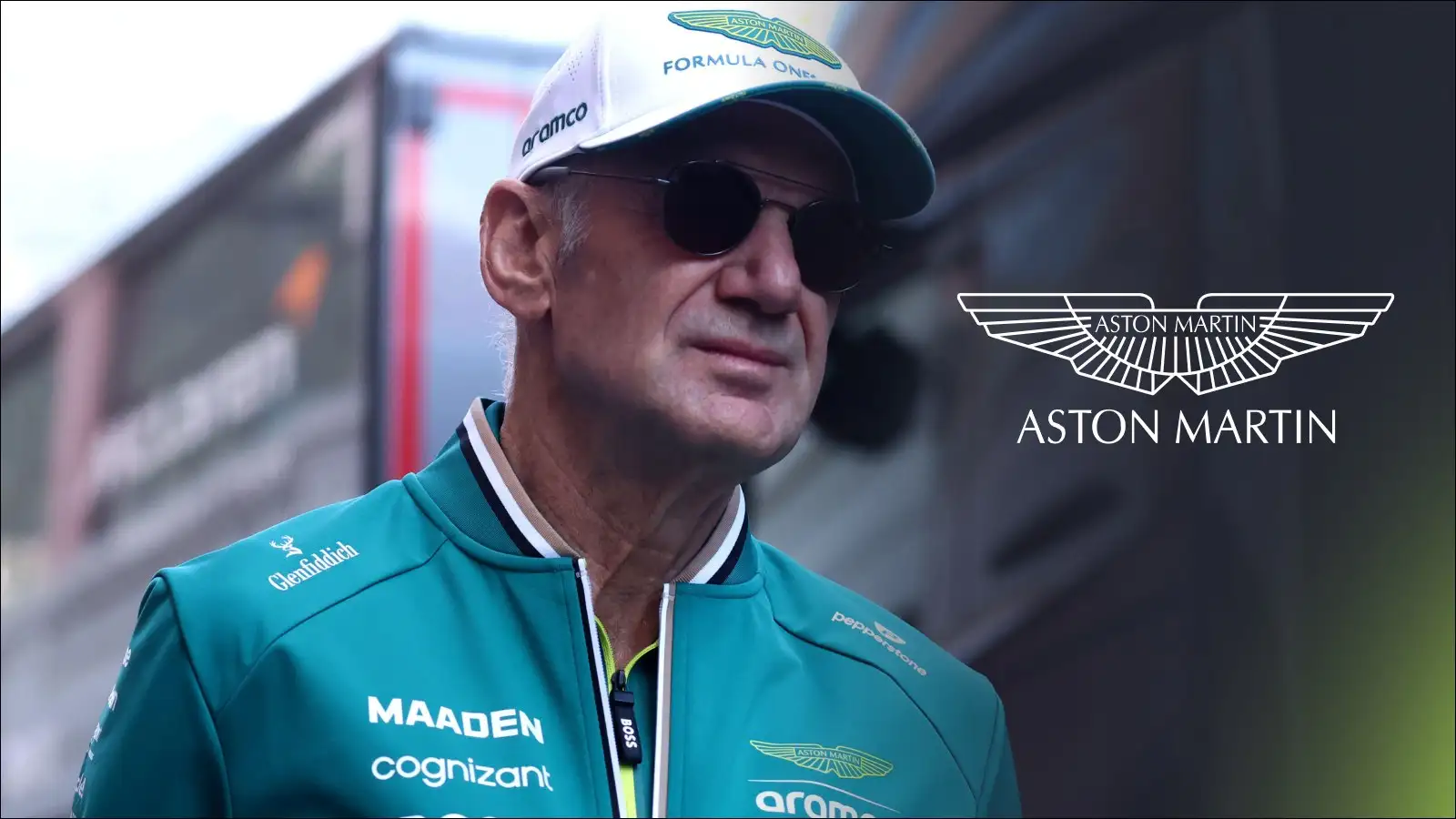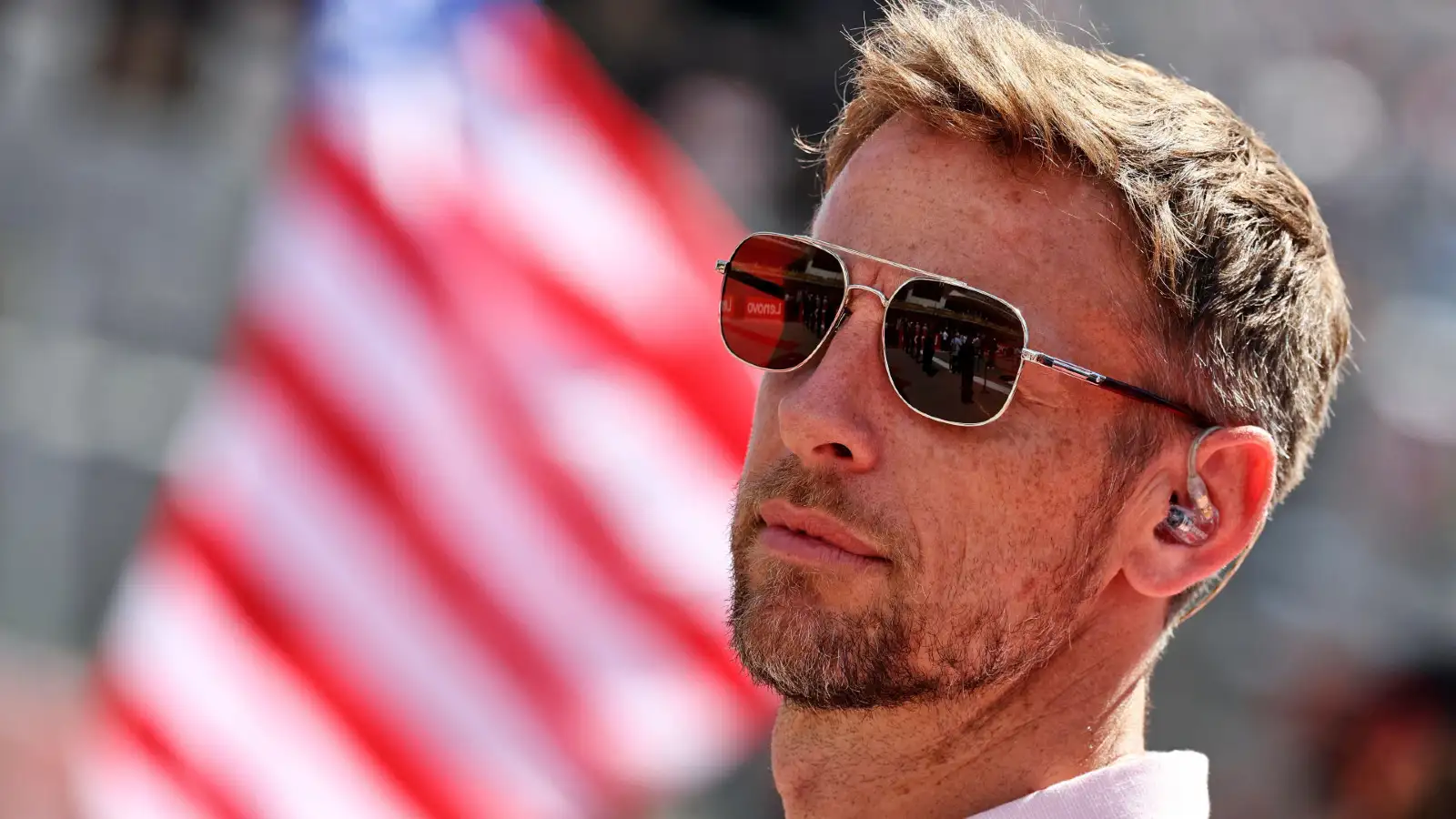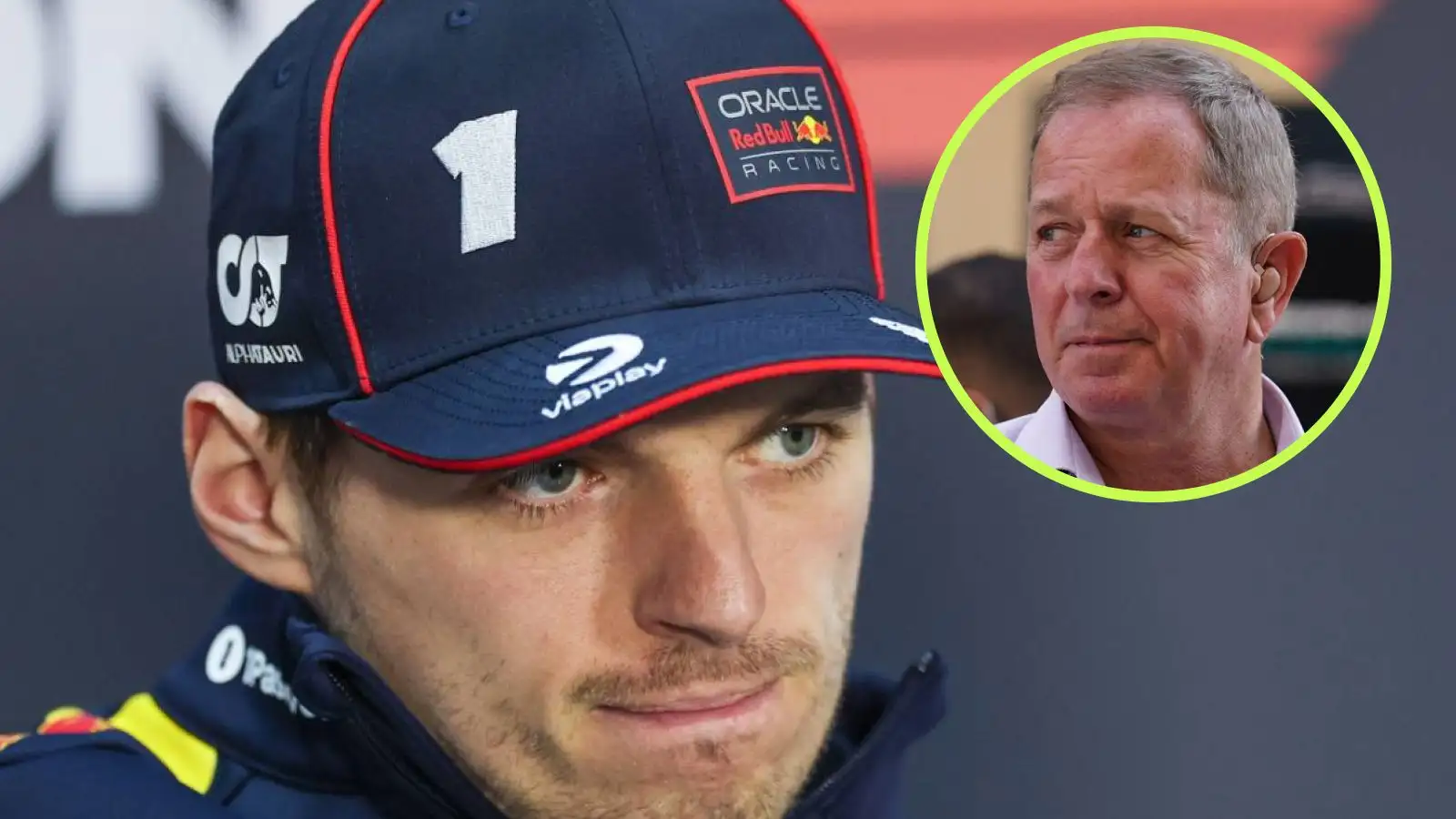Hold on to your racing helmets, folks! Carlos Sainz has just announced his move to Williams, leaving many scratching their heads. Let’s dive into what this shocking decision means for the world of Formula 1.
The racing world is abuzz with the news that Carlos Sainz, the seasoned driver we know and love, is making a move to Williams. This unforeseen decision has sparked a range of reactions from experts and fans alike. Some are surprised, while others are treating it as part of a larger strategic play. One thing’s for sure: it’s got everyone talking.
Historically, Williams has not been a top-performing team, often struggling in the lower ranks of the standings. This raises questions about what convinced Sainz to join them instead of a more prestigious team like Audi. Several factors could be in play here, one of which is the potential for contractual flexibility. It’s speculated that Williams may have offered Sainz an ‘out’ clause in 2026 if the team’s performance doesn’t meet expectations. This would give Sainz the freedom to switch teams when the new set of cars and engines are introduced, potentially reshuffling the competitive landscape.
Another theory is that Williams, under the leadership of James, could be gearing up for significant improvements. Sainz’s move might indicate his belief in the team’s future development and potential. In contrast, Audi’s terms might have been less flexible, potentially requiring a longer commitment without the same level of performance assurances. This could have been a deal-breaker for Sainz, who is likely eyeing opportunities for advancement as the new regulations come into play.
Meanwhile, the decision has ripple effects across the F1 world. Audi and other teams now have to reconsider their strategies, especially in terms of who will fill their driver seats. With Sainz off the table, teams like Audi, Alpine, and Mercedes are left with significant decisions to make regarding their lineups. This domino effect also brings other drivers into focus, such as Hulkenberg and Bottas, who might be prime candidates for these newly opened positions.
The speculation doesn’t stop there. The potential moves of drivers like Esteban Ocon and Sergio Perez are also under the microscope. Ocon, rumored to be heading to Haas, is seen as a driver with strong potential despite reports suggesting he could be difficult to manage. Perez, facing a precarious situation at Red Bull, might also be looking for new opportunities. His experience and skill set make him a valuable asset, and his movements could further shake up the F1 landscape.
All this movement sets the stage for an exciting season ahead. Teams and drivers are positioning themselves for what promises to be a thrilling year of Formula 1 racing. Sainz’s decision, whether it was driven by strategic flexibility, belief in Williams’ potential, or a combination of factors, is a clear sign that changes are afoot. The racing community will be closely watching how these shifts impact the dynamics on and off the track.
Carlos Sainz’s move to Williams has certainly stirred the pot in the Formula 1 world. Whether it’s a masterstroke of strategic planning or a gamble on Williams’ future, only time will tell. One thing is certain: the 2026 season is already shaping up to be a game-changer, with Sainz’s decision being a key piece of the puzzle. Stay tuned as the drama continues to unfold.
